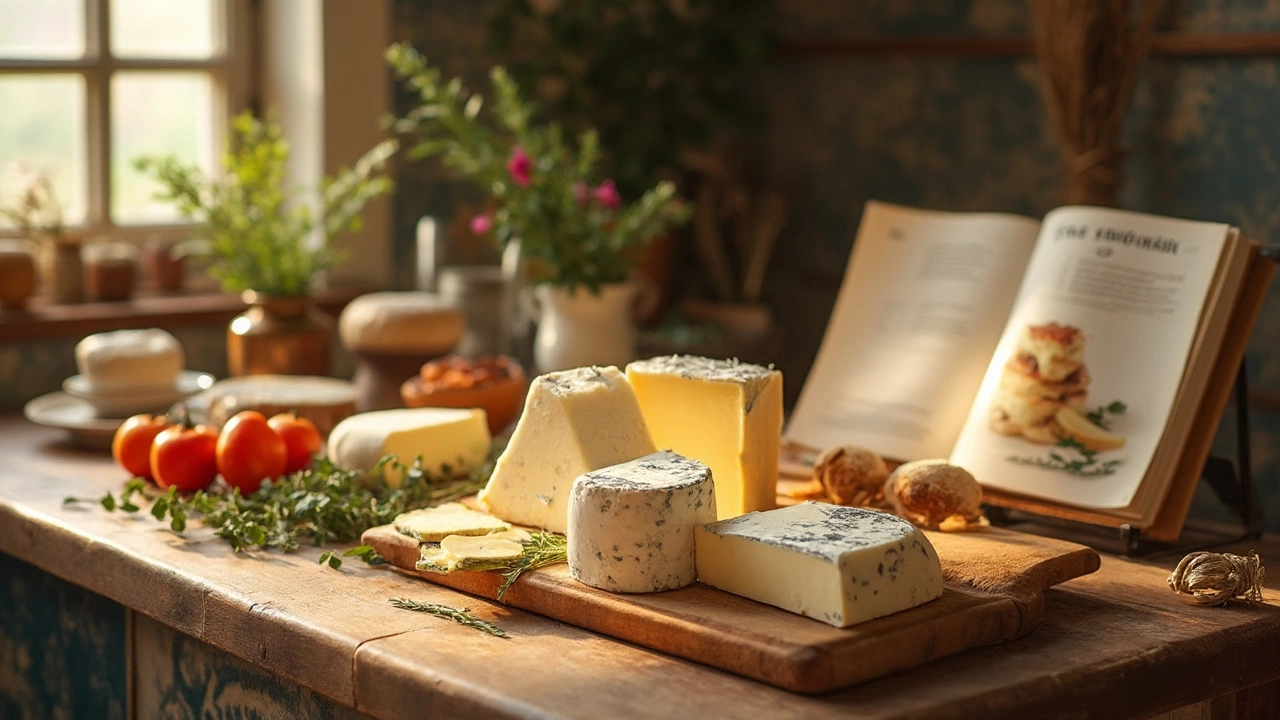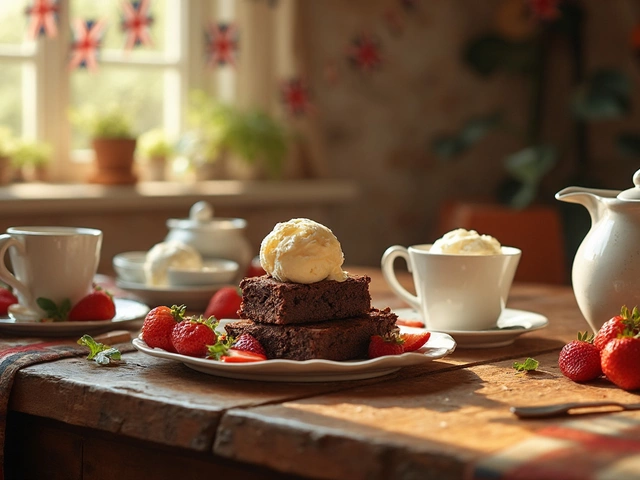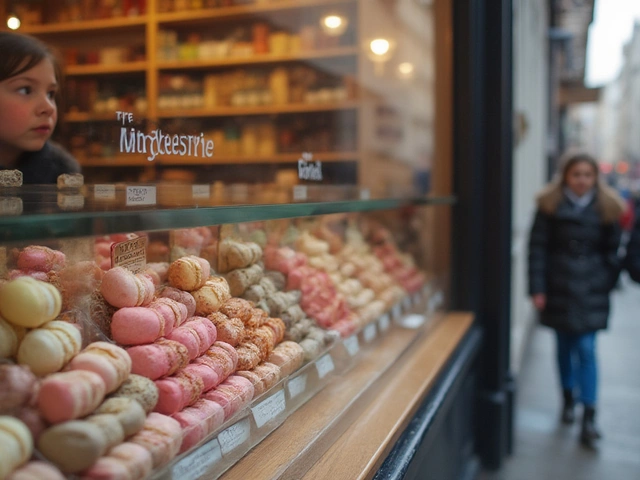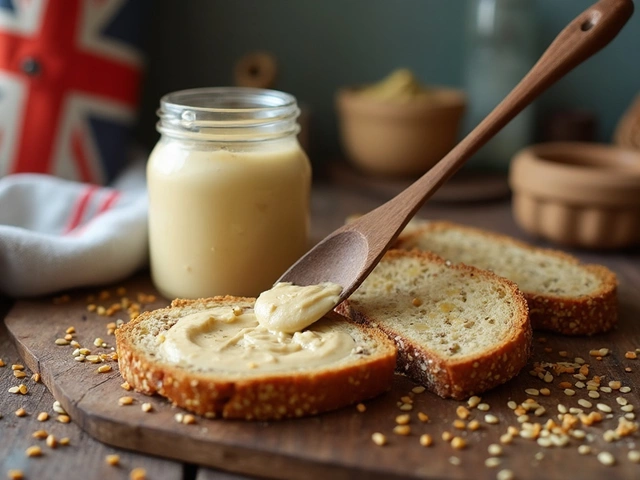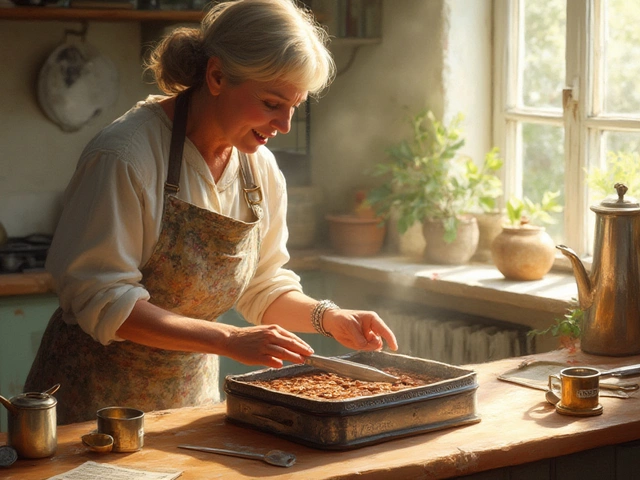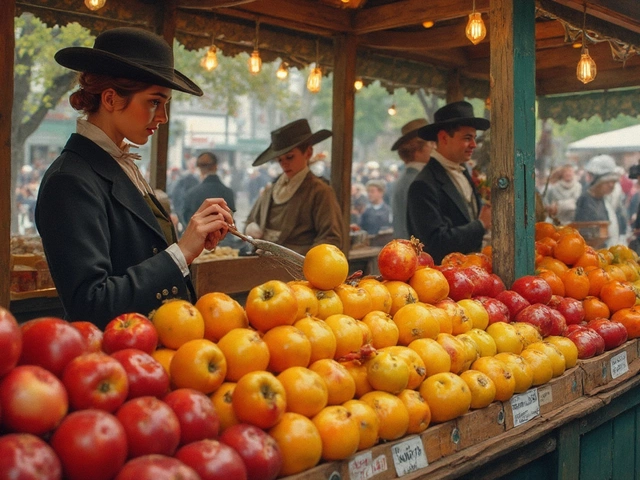Understanding Fat Content in Baking
Ever wondered why a cake can be light and tender one day and dense the next? The answer often lies in the fat you use. Fat isn’t just a flavor carrier; it decides how your batter holds air, how crumbs stay moist, and whether your crust crumbles or stays crisp. By mastering fat content, you can turn a decent bake into a show‑stopper.
Types of Fat and Their Roles
Butter brings flavor and a creamy texture. Its solid state at room temperature helps trap air during creaming, which lifts the batter. However, butter contains about 80% fat and 20% water, so it also adds a bit of steam that can make cakes slightly softer.
Oil (vegetable, canola, olive) is 100% fat. It spreads evenly, giving moist interiors and a fine crumb. Because there’s no water, you lose the steam‑boost that butter offers, so baked goods can be a touch denser unless you adjust the technique.
Shortening is pure fat with no water, similar to oil in moisture but solid like butter. It creates a tender, flaky texture, making it a favorite for pie crusts and cookies.
Coconut oil behaves like butter when solid but leaves a subtle coconut taste when melted. It’s great for tropical-flavored cakes or when you need a dairy‑free option.
Knowing each fat’s composition lets you pick the right one for the texture you crave. Want a buttery flavor? Stick with butter. Need extra moistness without extra water? Go for oil.
Practical Tips to Control Fat for Better Results
1. Measure accurately. A kitchen scale eliminates guesswork. A 100 g difference in butter can swing a cake from tender to heavy.
2. Adjust ratios when swapping fats. Replace butter with oil at a 1:0.8 ratio (use slightly less oil) to keep the fat level balanced.
3. Mind the temperature. Softened butter creams better, trapping more air. Cold butter creates pockets that melt during baking, giving flaky layers in biscuits.
4. Watch the liquid balance. Adding more fat usually means you need a bit more liquid to keep the batter from getting too thick.
5. Use fat for flavor beyond texture. Toasted nuts or browned butter can add depth without changing the fat percentage dramatically.
When you understand how each fat works, you can experiment confidently. Swap a quarter cup of butter for oil to see how the crumb changes, or add a spoonful of melted coconut oil for a subtle aroma. The key is to keep notes – what you used, how much, and the final result. Soon you’ll spot patterns and recreate your favorite textures on demand.
In short, fat content isn’t a mysterious secret; it’s a tool. Use the right fat, measure it right, and tweak the surrounding ingredients, and your cakes, cookies, and pastries will consistently hit the mark. Happy baking!
